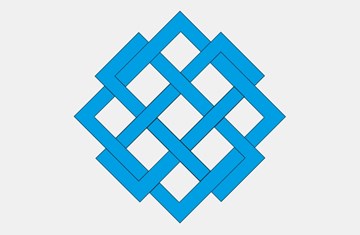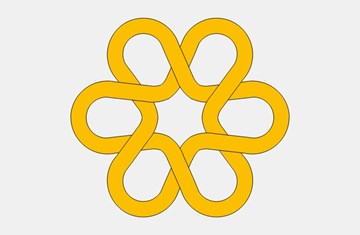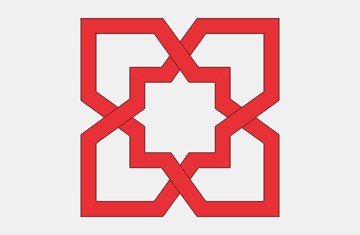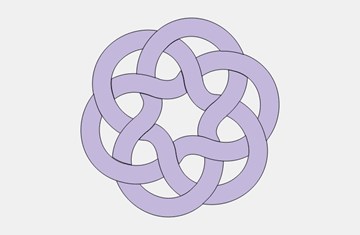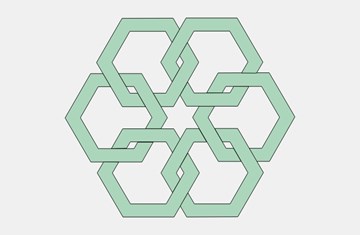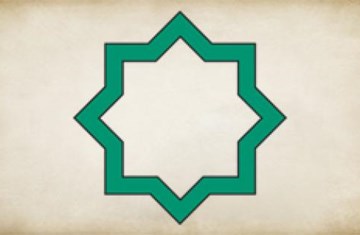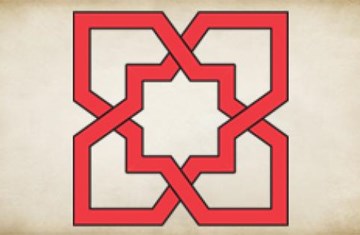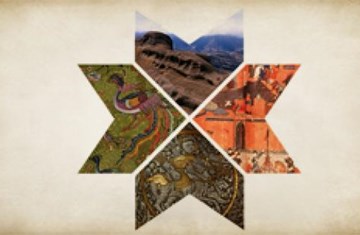Ta‘lim Curriculum: Primary Five
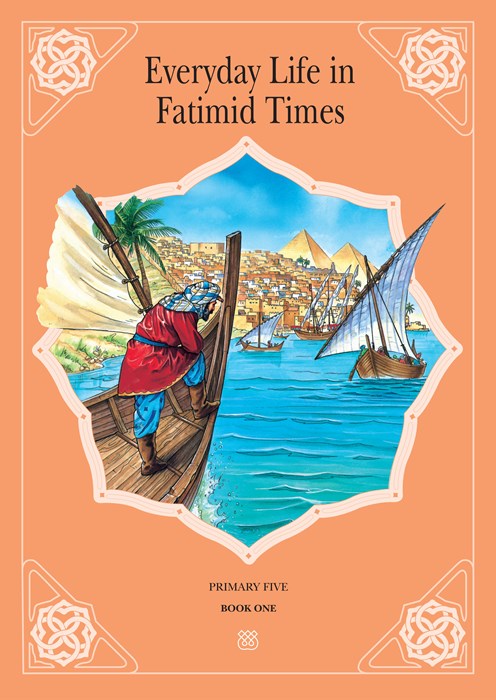
Book 1: Everyday Life in Fatimid Times
Book 1: “Everyday Life in Fatimid Times” transports children to the Mediterranean civilisation of the eleventh century. Beginning their voyage from a Spanish port, children sail across the Mediterranean Sea and up the River Nile before reaching Cairo and Fustat. During their visit, children explore bazaars, mosques and palaces to gain an insight into the lives of people in the Fatimid age.
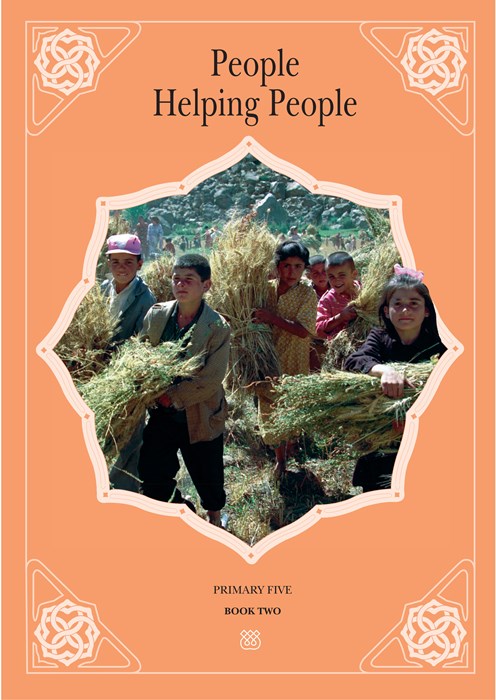
Book 2: People Helping People
Book 2: “People Helping People” introduces children to the work of the Aga Khan Development Network in the areas of social, cultural and economic development. Children are presented with examples of Imamat programmes and projects as responses to some of the basic needs of people in different parts of the world. Through these examples, children are guided to think about the ethical principles which inspire and underpin the programmes of the Network.
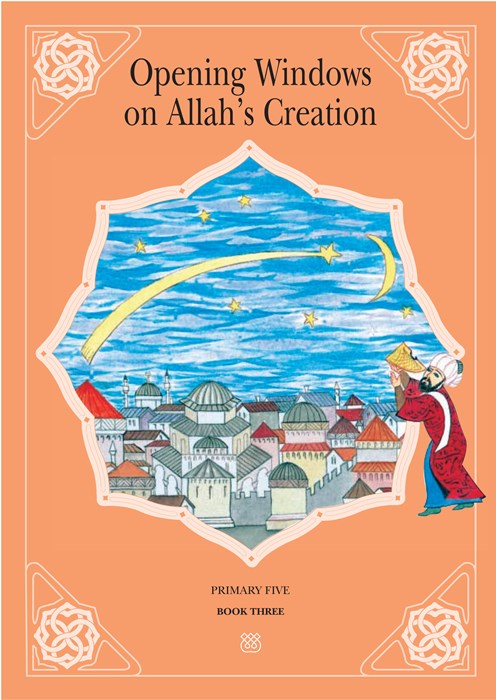
Book 3: Opening Windows on Allah's Creation
Book 3: “Opening Windows on Allah's Creation” exposes children to the pursuit of science in Muslim societies of the past. Children are acquainted with major contributions made by Muslims in various fields of scientific inquiry. They learn how scholars in Muslim lands acquired learning from past civilisations, developed this knowledge, and then transmitted it to other cultures. Children are also encouraged to reflect on the application of science and technology in today's age.
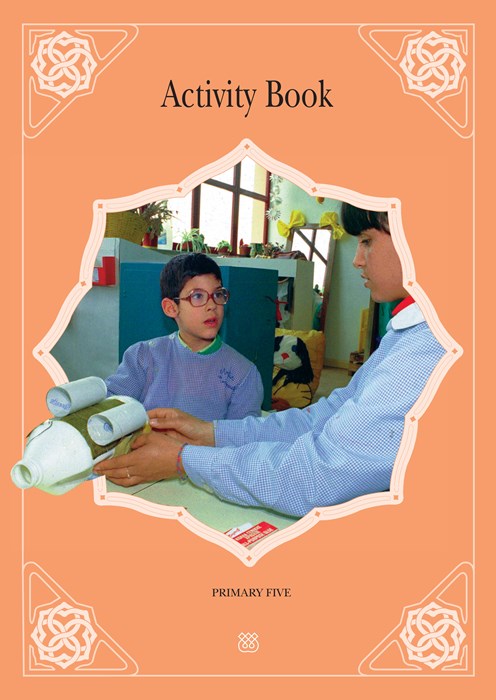
Activity Book
The Activity Book consists of a series of activity sheets to be used with the fifth year’s curriculum. The activity sheets have been designed to support, reinforce and extend the objectives of each topic in the curriculum. They provide an interesting and creative medium through which children can express themselves by doing practical work in the classroom and at home.
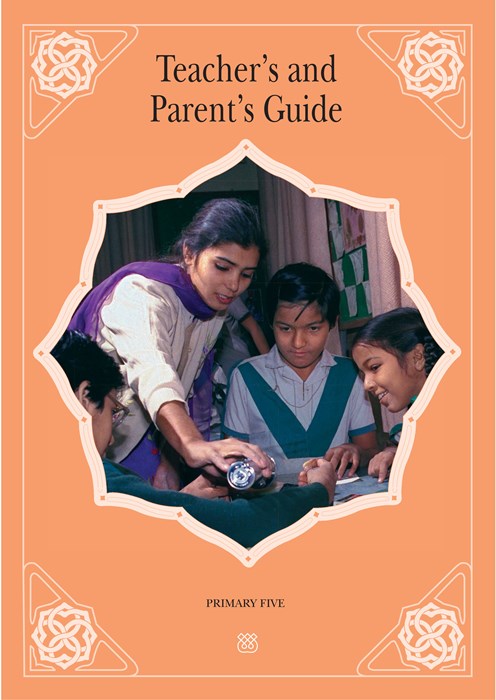
Teacher’s and Parent’s Guide
The Teacher’s and Parent’s Guide is the main reference source for implementing the curriculum. It is designed for use in diverse teaching and learning environments, including the classroom and the home. The Guide contains a general introduction to the aims and approaches of the curriculum. It also provides a series of structured topic plans, each consisting of objectives, instructional content, learning activities, and other useful suggestions.

